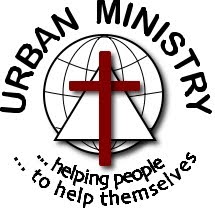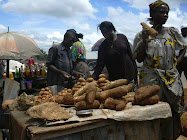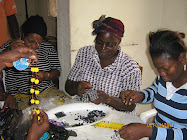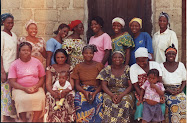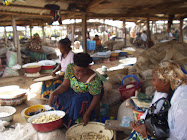Moses Dahirong, from our Abuja office:
Urban Ministry (UM) Abuja continues to work with 25 communities and have been sustained over time. Some new communities have indicated their interest to register and collaborate with UM Abuja. This is because they consider the programs as beneficial with direct bearing on their lives and families. We hope to work with more communities as our resources improve.
There are clear dimensions of transformation being seen in the way the cooperatives; share the vision of Urban Ministry and involvement in self help projects, support church projects like building and support to widows/the needy in the community. They also transfer acquired skills during UM workshops to other members of the community. Community members are becoming more like a family, each willing to care for one another - visiting each other's homes, assistance during crisis and sharing in joys!
Emmanuel Agbinda, from our Lagos office:
UM has directly intervened to change some individual members whose situation was bad and pathetic. We were able to assist a widow without a child who was denied access to her late husband’s farm and small house. She was even stripped of her personal property by the her in-laws. UM was able to fight for her legal rights and she is now able to farm and be sustainable.
We continue to train members to acquire skills and become self-reliant. Training in bead-making, hats, body lotion, vaseline, cake and confectionaries, soap, etc were taught in several workshops held on small business management.
There are clear dimensions of transformation being seen in the way the cooperatives; share the vision of Urban Ministry and involvement in self help projects, support church projects like building and support to widows/the needy in the community. They also transfer acquired skills during UM workshops to other members of the community. Community members are becoming more like a family, each willing to care for one another - visiting each other's homes, assistance during crisis and sharing in joys!
Emmanuel Agbinda, from our Lagos office:
UM has directly intervened to change some individual members whose situation was bad and pathetic. We were able to assist a widow without a child who was denied access to her late husband’s farm and small house. She was even stripped of her personal property by the her in-laws. UM was able to fight for her legal rights and she is now able to farm and be sustainable.
We continue to train members to acquire skills and become self-reliant. Training in bead-making, hats, body lotion, vaseline, cake and confectionaries, soap, etc were taught in several workshops held on small business management.
